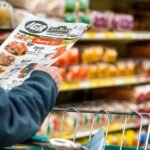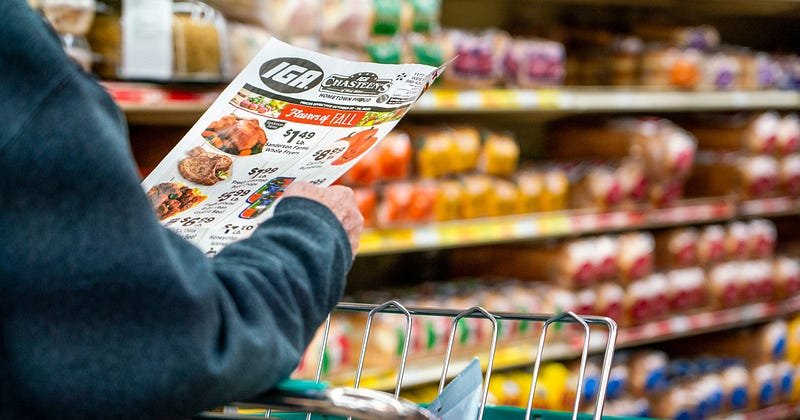President Donald Trump has introduced a new round of tough tariffs on a range of imported goods, including the largest tariffs yet on brand-name pharmaceuticals and new tariffs on heavy-duty trucks—all effective next week.
President Trump announced Thursday (September 25) that, effective October 1, he would impose a 100% import tax on pharmaceuticals, a 50% tax on kitchen and bathroom cabinets, a 30% tax on upholstered furniture, and a 25% tax on heavy-duty trucks. In a
post on his Facebook account, the president expressed his belief that the tariffs imposed since earlier this year will help reduce the government budget deficit and boost U.S. manufacturing.
“Beginning October 1, 2025, we will be imposing a 100% tariff on all brand name or patented pharmaceuticals, unless a company is in the process of building their pharmaceutical plant in the United States. ‘Under construction’ will be defined as ‘breaking ground’ and/or ‘under construction.’ Therefore, if construction has already begun, there will be no tariff on these pharmaceuticals. Thank you for your attention to this matter!” Trump wrote.
In April of this year, the administration launched a Section 232 investigation under the Trade Expansion Act of 1962 into the national security impact of pharmaceutical and truck imports. The U.S. Department of Commerce also launched an investigation into logs and lumber in March, but it’s unclear whether the current tariffs on furniture are a result of that investigation. Regarding
domestic manufacturing
, Trump noted on “Truth Social” that the tariffs on pharmaceuticals would not apply to companies that have already established factories in the United States. It’s unclear how these tariffs will affect companies that already have factories in the United States.
The U.S. Census Bureau stated that the United States imported nearly $233 billion worth of pharmaceuticals and medical products last year. Pharmaceutical manufacturers oppose the new tariffs, claiming that pharmaceuticals have historically been exempt from tariffs. They urge the administration to maintain the tariff exemption for pharmaceuticals, arguing that the tax policy is more effective in increasing U.S. pharmaceutical production.
White House officials say the tariff threat earlier this year prompted several major pharmaceutical companies, including Johnson & Johnson, AstraZeneca, Roche, Bristol-Myers Squibb, and Eli Lilly, to plan to establish production facilities in the United States.
Trump stated that foreign-made heavy-duty trucks and their components are harming domestic manufacturers who need protection.
Many commercial truck manufacturers use factories in Mexico to produce heavy-duty trucks for the U.S. market. Daimler Trucks North America of Germany assembles some Freightliner-branded trucks in Mexico. Freightliner is the leader in the North American heavy-duty truck market, holding nearly 40% of the market share. Germany’s Traton Group also produces Interbrand-branded heavy-duty trucks in Mexico. “The
Reason
(for the new tariffs) is that other countries are ‘flooding’ the United States with these products on a massive scale,” Trump wrote in the post. “This is a deeply unfair practice, but for national security and other reasons, we must protect our manufacturing processes.” Trump
has consistently said the tariffs are crucial to attracting businesses to invest in domestic factories. He has dismissed concerns that importers will pass the costs of the tariffs on to consumers and businesses through price hikes.
The president acknowledged Thursday at the White House when he signed the executive order that American farmers have been hurt by lost soybean sales as a result of the China tariffs.
He said some of the tariff revenue would be shared with farmers affected by the trade war, something he did during his first term when tariffs he implemented sparked retaliation against the U.S. agricultural sector.
Meanwhile, the U.S. Supreme Court this month agreed to hear arguments in November on the Trump administration’s request to keep its wide-ranging global tariffs, a key component of the president’s economic agenda. The tariffs will remain in place until the case is decided after a lower court ruled against them.










